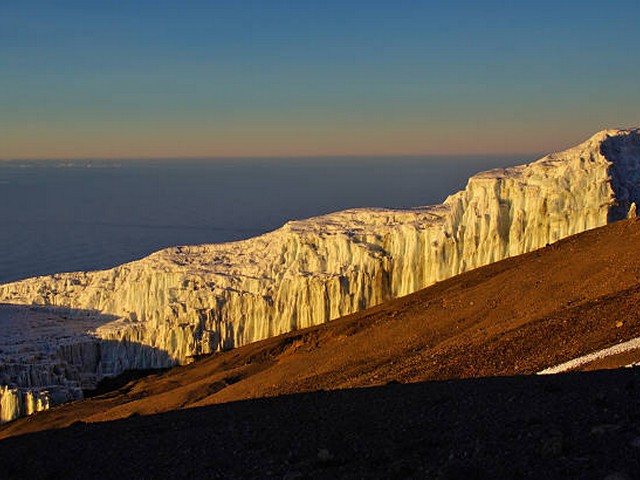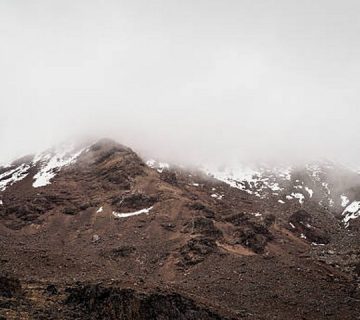Exploring Heights and Crafts: The Unique Blend of Kilimanjaro Trekking and Local Artisans’ Crafts
Welcome to the Majestic Kilimanjaro Experience with a Cultural Twist
At the Kilimanjaro Centre for Trekking and Ecotourism (KCTE), we believe in offering more than just a climb; we provide an experience that captures the heart, soul, and spirit of Tanzania. Trekking Mount Kilimanjaro is often a top bucket-list adventure for many around the globe, but imagine enhancing this journey by immersing yourself in the rich tapestry of local artisans’ crafts. This unique blend of breathtaking adventure and cultural artistry is what we aim to deliver.
Why Combine Kilimanjaro Trekking with Local Artisans’ Crafts?
A Journey Through Nature and Culture
Trekking the towering heights of Kilimanjaro presents an opportunity to witness the unparalleled beauty of Africa’s landscapes. From lush rainforests to alpine deserts and glaciers, each step introduces a new ecological wonder. However, the cultural journey through the communities that surround this iconic mountain adds depth and color to your adventure.
By engaging with local artisans, trekkers get an authentic glimpse of the cultural heritage that has thrived in the shadows of Kilimanjaro for centuries. This experience not only enriches your journey but also supports the local economy and helps preserve age-old traditions.
Sustainable Tourism at Its Best
At KCTE, sustainability is at the core of what we do. Integrating local artisanal crafts into our trekking expeditions ensures that as we bring trekkers and adventurers from across the world, we also give back to the community in meaningful ways. This harmonious balance between exploring and conserving makes each trek not just an adventure but a positively impactful journey.
The Artisanal Crafts of Kilimanjaro’s Local Communities
A Tapestry of Traditions
The Chagga people, native to the Kilimanjaro region, are renowned for their intricate weaving, beading, and carving skills. As you embark on your climb, you’ll encounter various markets and workshops where these skills flourish. Handwoven baskets, beaded jewelry, and hand-carved wooden sculptures tell stories of a culture deeply connected to its environment.
From Beads to Batiks
Discover the vibrant batik cloths, where artisans use wax-resist dyeing techniques to create stunning patterns that reflect the natural beauty of their surroundings. Each piece you purchase or admire adds a layer of understanding and appreciation for the local culture and its artistic expressions.
Kilimanjaro Trekking: What to Expect
A Path for Every Trekker
Kilimanjaro offers several routes, each with its own unique characteristics. Whether you choose the scenic Machame Route, the challenging Umbwe Route, or the gradual ascent of the Marangu Route, your journey will be unforgettable. Our expert guides at KCTE ensure your safety and provide insights into the ecological and cultural significance of the areas you traverse.
Preparing for the Climb
Success on Kilimanjaro is achieved through preparation. We recommend physical training, proper gear, and familiarization with high-altitude trekking. KCTE offers pre-climb workshops and detailed guides on how to best prepare for your adventure.
Engaging with Artisans: How You Can Participate
Workshops and Visits
Participate in workshops led by local artisans themselves. Learn the art of batik making, beadwork, or woodcarving from the masters who have inherited these skills through generations. These workshops not only provide you with a richer cultural experience but also with souvenirs that are both meaningful and unique.
Supporting Local Enterprises
By purchasing local crafts, you contribute directly to the artisan’s livelihood and the community’s economy. These authentic creations make for perfect gifts and enduring memories of your Kilimanjaro adventure.
FAQs: Kilimanjaro Trekking And Local Artisans’ Crafts
Q1: Do I need any artistic skills to participate in the workshops?
A1: Not at all! Our local artisans are thrilled to guide you through the basics, making these workshops enjoyable for everyone, regardless of artistic background.
Q2: What is the best time of year to plan a Kilimanjaro trek?
A2: The best times to climb Kilimanjaro are during the dry seasons, from June to October and from January to March. These periods offer the most favorable weather conditions for trekking.
Q3: How can I ensure that my visit benefits the local community?
A3: Engaging with and purchasing from local artisans, choosing responsible tour operators like KCTE, and respecting local customs and traditions are excellent ways to ensure your visit has a positive impact.
Q4: What should I bring for the artisan workshops?
A4: Just bring your enthusiasm and readiness to learn! All materials for the crafts are provided by the artisans.
Q5: How difficult is the climb, and can beginners manage it?
A5: Kilimanjaro is considered a non-technical climb, meaning no prior mountaineering experience is required. However, physical fitness is crucial, as the trek can be physically demanding, especially at higher altitudes.
Join Us for an Unforgettable Adventure
At Kilimanjaro Centre for Trekking and Ecotourism (KCTE), we not only pledge to provide you with an exhilarating climb but also an enriching cultural experience. By choosing KCTE for your Kilimanjaro adventure, you choose a journey that respects and celebrates the natural and cultural heritage of Tanzania.
Are you ready to take the first step on your Kilimanjaro journey? Contact us today to book your climb and immerse yourself in the beauty of Kilimanjaro and the richness of Tanzanian artisanal crafts. Let the adventure begin!




